Which fir? (Redux)
bengz6westmd
11 years ago
Related Stories
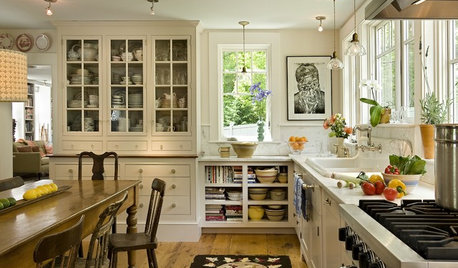
KITCHEN DESIGN12 Great Kitchen Styles — Which One’s for You?
Sometimes you can be surprised by the kitchen style that really calls to you. The proof is in the pictures
Full Story
WOODKnotty and Nice: Highly Textured Wood Has a Modern Revival
Whether it's cedar, fir or pine, if a wood has a knot, it's hot
Full Story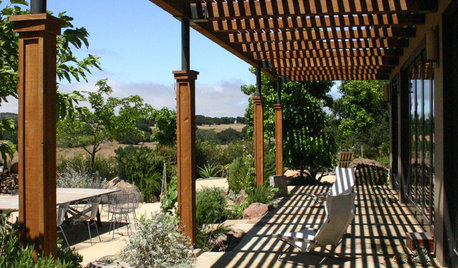
PATIOSPatio Details: A Shaded Patio Opens Up the View in Wine Country
A Douglas fir and metal pergola offers shelter from the hot sun on this scenic California property
Full Story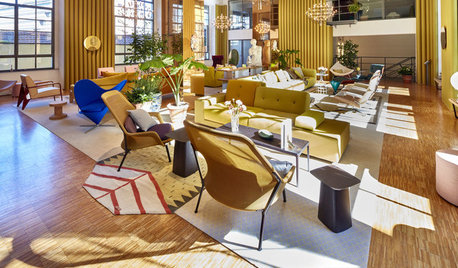
EVENTSReport From Italy: Mustard Yellow, Hidden Kitchens and More
See what our team in Italy discovered at Salone del Mobile 2016. Which new design idea speaks to you?
Full Story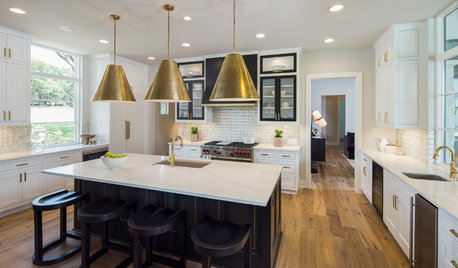
METALAdd a Little Metal to Make Your White Room Shine
Metal finishes add depth and interest to white spaces. Which ones will create the mood and character you’re after?
Full Story
HOME TECHHow Smart TV Will Change Your Living Room
Get ready for the future of TV, in which your living room becomes a movie set, a communication hub and a gaming zone
Full Story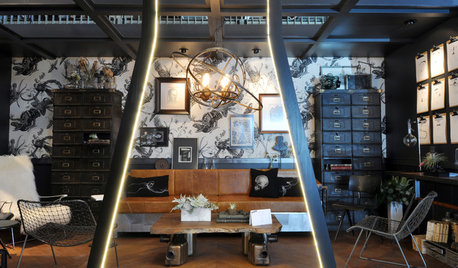
DECORATING GUIDES16 Lounges Go Wild for Science at San Francisco's Exploratorium
See the imaginative designs concocted and let us know which style formula works best for you
Full Story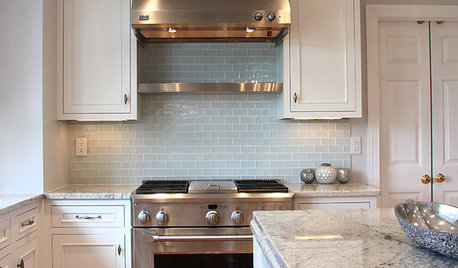
KITCHEN DESIGN5 Favorite Granites for Gorgeous Kitchen Countertops
See granite types from white to black in action, and learn which cabinet finishes and fixture materials pair best with each
Full Story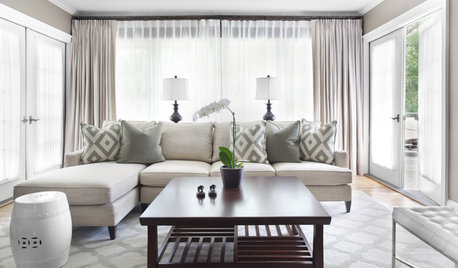
GRAYChoosing Paint: How To Pick the Right Gray
Which Version of Today's 'It' Neutral Is For You?
Full Story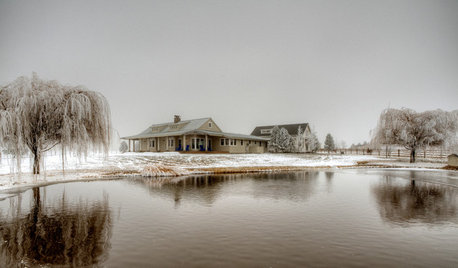
FARMHOUSESHouzz Tour: Rugged Charm for a Washington Farmhouse
Horses sidle close to this rustic home and guest cottage, which keep the pastoral pace with generous wood and simple forms
Full StoryMore Discussions







gardener365
bengz6westmdOriginal Author
Related Professionals
Maple Valley Landscape Architects & Landscape Designers · Birmingham Landscape Architects & Landscape Designers · Carson Landscape Architects & Landscape Designers · Forest City Landscape Architects & Landscape Designers · Canton Landscape Contractors · Corona Landscape Contractors · Fridley Landscape Contractors · Lake Worth Landscape Contractors · Las Vegas Landscape Contractors · Oklahoma City Landscape Contractors · Plantation Landscape Contractors · Pleasanton Landscape Contractors · Rancho Santa Margarita Landscape Contractors · Rockland Landscape Contractors · Wickliffe Landscape Contractorsgardener365
coniferjoy
gardener365
bengz6westmdOriginal Author
gardener365
treeguy_ny USDA z6a WNY
gardener365
treeguy_ny USDA z6a WNY
gardener365
bengz6westmdOriginal Author
gardener365
pineresin
spruceman
bengz6westmdOriginal Author
spruceman
davidrt28 (zone 7)
bengz6westmdOriginal Author
davidrt28 (zone 7)